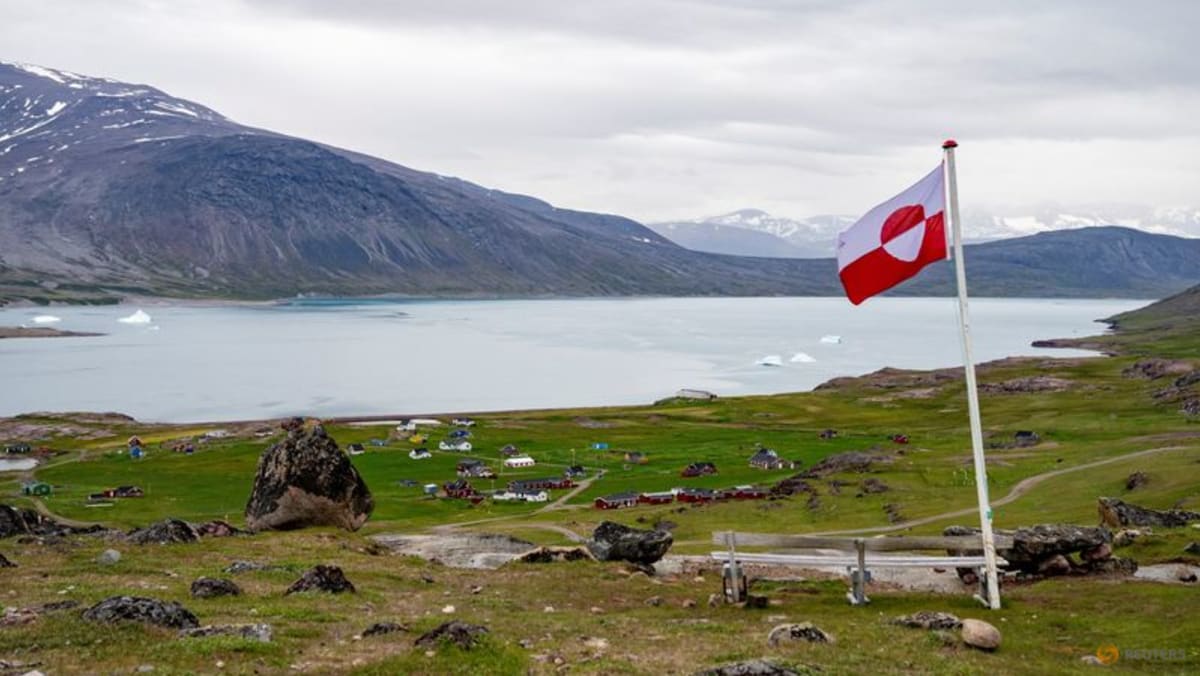:focal(535x278:536x279)/https://tf-cmsv2-smithsonianmag-media.s3.amazonaws.com/filer_public/4c/91/4c917415-0046-4ffb-a57a-b06720db2e10/juststopoil_courtauldgallery5_30062022.png)
The van Gogh painting is one of the Courtauld Gallery’s best-known works.
Courtesy of Just Stop Oil
Earlier this week, two climate protesters glued their hands to a Vincent van Gogh painting of a bucolic countryside in Arles, France.
The move was meant not only to attract attention to climate change, but also “to call for the government to end new oil and gas and for art institutions to join them in civil resistance,” according to a statement from the organization Just Stop Oil, which headed up this and other recent protest efforts.
Van Gogh’s 1889 Peach Trees in Blossom depicts a scene of quiet repose in nature, with few humans in sight, towering mountains in the background and the fruitful trees in the foreground. Housed in the Courtauld Gallery in London, it is one of the museum’s best-known works.
A piece of art receives this protection and state concern. Whilst people’s in Ethiopia, Somalia, India, Pakistan, the USA, Australia (to name a few) who are suffering from climate change NOW get ignored and left.
What’s more important? This painting? Or a future?! #JustStopOil pic.twitter.com/rFfozEPlYE— JustStopOil (@JustStop_Oil) June 30, 2022
But climate protesters chose the work not for its renown but because of its setting: Arles is located in the region of Provence, which is predicted to experience drought and extreme weather in coming weeks. The area saw a “dry winter and spring in which rain levels were 45 percent below historic averages followed by an extreme heatwave in May and June,” per Just Stop Oil.
One of the protesters, Louis McKechnie, 21, remembers visiting the painting as a child and looking at it with reverence. But the “future survival of my generation” triumphed over his love for the painting, he says in the statement.
“It is immoral for cultural institutions to stand by and watch whilst our society descends into collapse,” McKechnie says. “Galleries should close. Directors of art institutions should be calling on the government to stop all new oil and gas projects immediately. We are either in resistance or we are complicit.”
The other protester, Emily Brocklebank, 24, echoed his thoughts, noting that artists were “focusing on the wrong things.”
The Courtauld closed the gallery displaying the Van Gogh for the rest of the day, via the Agence France-Presse (AFP).
Just Stop Oil’s protest in the London museum came only one day after a similar effort in the Kelvingrove Art Gallery and Museum in Glasgow, Scotland, reports ARTnews’ Shanti Escalante-De Mattei. There, five protesters sprayed paint on the gallery’s walls and floors and glued themselves to the frame of Horatio McCulloch’s 1860 piece My Heart’s in the Highlands. A video posted on Twitter shows police escorting a protester from the building.
“I’m just begging the government to give my generation a future,” the protester says in the video.
Our heritage is being destroyed by our government’s lies and failure to act on the climate crisis.
If you are outraged by this action, ask yourself: is art worth more than life? More than food? More than justice? More than a livable future?
Join Just Stop Oil – Demand a future pic.twitter.com/Pte7wN0T7m
— JustStopOil (@JustStop_Oil) June 29, 2022
Both demonstrations come on the heels of the United Kingdom’s Climate Change Committee warning that the government may not reach its own mandate of net zero greenhouse gas emissions by 2050, reporting “major policy failures” and “scant evidence of delivery,” according to the Guardian’s Fiona Harvey.
Just Stop Oil’s protesters are certainly not the only ones to advocate for a cause using museums. In May, a man dressed as an elderly woman smeared cake on Leonardo da Vinci’s Mona Lisa at the Louvre in Paris. “There are people who are destroying the Earth,” he said at the time, according to the AFP.
And in 2019, as Hyperallergic’s Naomi Polonsky reported, the climate activist group Extinction Rebellion staged a die-in at London’s Museum of Natural History underneath the institution’s iconic large blue whale skeleton. In leaflets, the group said it was “calling on governments and corporations to act now on the climate and ecological emergency.”
Recommended Videos





















Discussion about this post